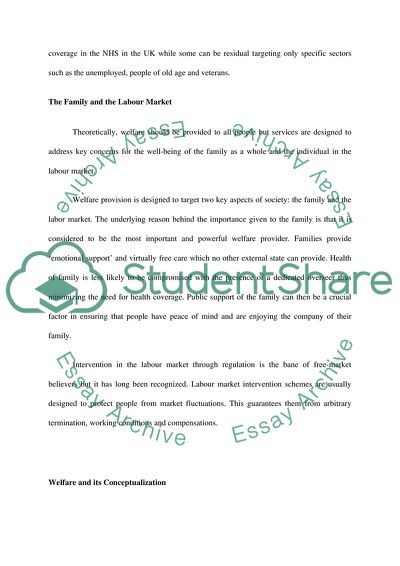Cite this document
(“Social Policy and Welfare Essay Example | Topics and Well Written Essays - 3250 words”, n.d.)
Social Policy and Welfare Essay Example | Topics and Well Written Essays - 3250 words. Retrieved from https://studentshare.org/social-science/1563818-social-policy-and-welfare
Social Policy and Welfare Essay Example | Topics and Well Written Essays - 3250 words. Retrieved from https://studentshare.org/social-science/1563818-social-policy-and-welfare
(Social Policy and Welfare Essay Example | Topics and Well Written Essays - 3250 Words)
Social Policy and Welfare Essay Example | Topics and Well Written Essays - 3250 Words. https://studentshare.org/social-science/1563818-social-policy-and-welfare.
Social Policy and Welfare Essay Example | Topics and Well Written Essays - 3250 Words. https://studentshare.org/social-science/1563818-social-policy-and-welfare.
“Social Policy and Welfare Essay Example | Topics and Well Written Essays - 3250 Words”, n.d. https://studentshare.org/social-science/1563818-social-policy-and-welfare.


